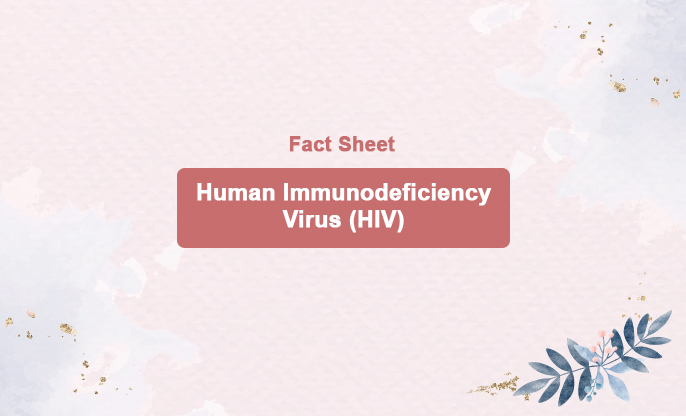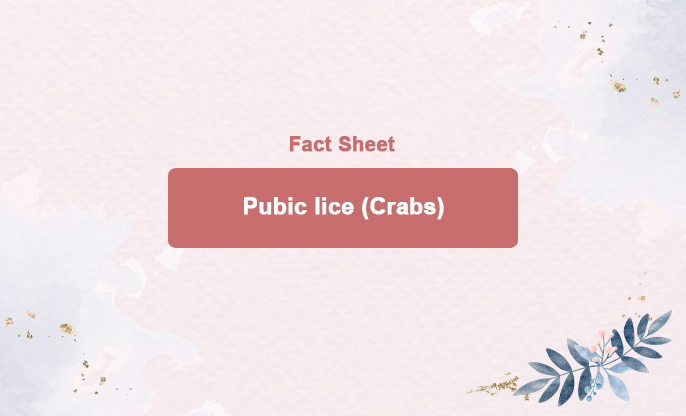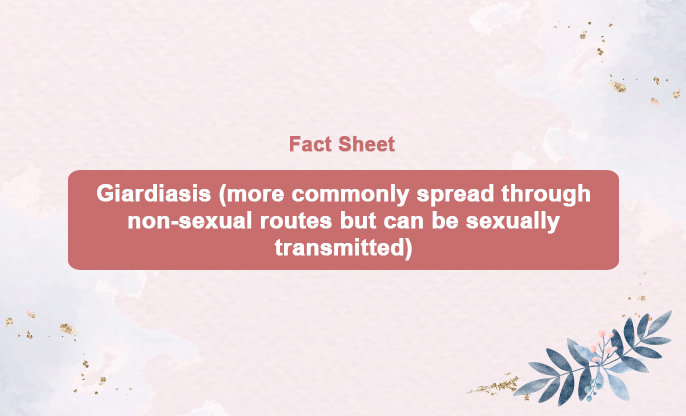
What is this?
Scabies is a parasitic infestation caused by tiny mites that burrow into the skin and lay eggs, resulting in intense itching and a rash.
Scabies can cause skin sores and serious complications, such as septicemia (a bloodstream infection), heart disease, and kidney problems. Treatment involves the use of creams or oral medications.
Scabies is highly contagious and spreads through skin-to-skin contact. It is prevalent worldwide but is most common in low-income tropical regions. Children and older adults in resource-poor areas are at higher risk.
Symptoms of scabies typically begin 4–6 weeks after infestation, although visible signs may appear before symptoms develop.
Symptoms of Scabies:
Severe Itching: Often worse at night.
Itchy Lines and Bumps: Linear burrows and papules on fingers, wrists, arms, legs, and belt area.
Inflamed Bumps: On male genitalia and female breasts.
Larger Rash in Infants and Small Children: Including palms, soles of the feet, ankles, and scalp.
Most individuals are infected with 10–15 mites.
Crusted (Norwegian) Scabies:
Severe Infection: Can affect people with suppressed immune systems, including those with HIV, and may involve thousands or millions of mites, causing dry, scaly areas on the skin.
Lack of Itch: Often does not cause itching.
Easy Spread: Highly contagious and can lead to secondary infections.
Life-Threatening: Can be fatal if not treated.
Life Cycle and Effects:
Mite Burrowing: Scabies mites burrow into the top layer of skin where the adult female lays eggs.
Egg Hatching: Eggs hatch in 3–4 days and develop into adult mites in 1–2 weeks.
Allergic Reaction: After 4–6 weeks, an allergic reaction to mite proteins and feces in the burrows causes intense itching and rash.
Complications:
Skin Infections: Mite effects on immunity and scratching can lead to bacterial inoculation, resulting in impetigo (skin sores), especially in tropical regions.
Deeper Infections: Impetigo can progress to deeper skin infections such as abscesses or serious invasive diseases, including septicemia.
Chronic Conditions: In tropical settings, scabies-associated skin infections are common risk factors for kidney disease and potentially rheumatic heart disease.
How is it transmitted?
Scabies is transmitted through close skin-to-skin contact with an infested person, such as living in the same household. The risk of transmission increases with the severity of the infestation, being highest when in contact with individuals who have crusted scabies. While transmission through infested personal items (e.g., clothes and bed linens) is uncommon with typical scabies, it can be significant for those with crusted scabies. Since there is an asymptomatic period after infestation, transmission can occur before the initially infested person shows symptoms.
Standard treatment protocol and time:
Scabies can be treated with topical creams or, in more severe cases, oral medication. Itchiness often worsens for 1–2 weeks after treatment begins.
Topical Treatments:
5% Permethrin Cream
0.5% Malathion in Aqueous Base
10–25% Benzyl Benzoate Emulsion
5–10% Sulfur Ointment
Oral Medication:
Ivermectin: Highly effective but should not be taken by pregnant women or children weighing less than 15 kg.
Treatment Notes:
Repeat Treatments: Treatments do not kill the parasite’s eggs, so treatment should be repeated to eliminate newly hatched mites.
Asymptomatic Period: Symptoms do not appear in the early stages of infestation.
Household Treatment: To reduce spread, all household members should be treated, even if they do not show symptoms.
Complications:
Secondary Treatments: Antiseptics or antibiotics may be needed to treat bacterial skin infections or impetigo.
Crusted Scabies:
Highly Infectious: Patients with crusted scabies are a significant source of reinfection for the community.
Intense Treatment: Requires intense treatment with both topical and oral medications.
How to avoid it?
Treating scabies promptly is the best way to prevent outbreaks. The mites that cause scabies typically die within 2–3 days away from human skin.
Preventing the Spread of Scabies:
Avoid Skin-to-Skin Contact: Stay away from direct contact with an infested person, particularly if they have an itchy rash.
Household Treatment: Treat all household members if someone is infested to prevent the spread of mites.
Wash and Dry Bedding and Clothing: Use hot water and dry items in direct sunlight, a hot dryer cycle, or use dry cleaning for bedding and clothing that have been in contact with the infested person.
Seal Unwashable Items: Place items that cannot be washed in a plastic bag for a week to eliminate the mites.
Clean and Vacuum: After an infested person has been treated, thoroughly clean and vacuum or sweep rooms, especially if the person had crusted scabies.

















